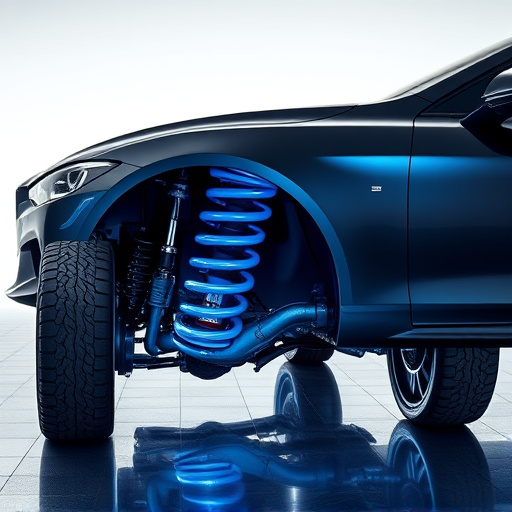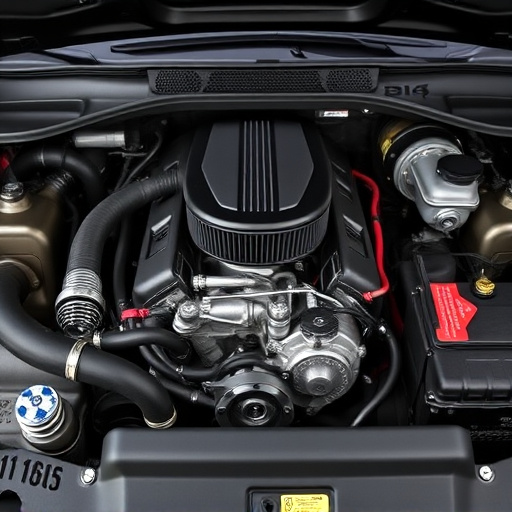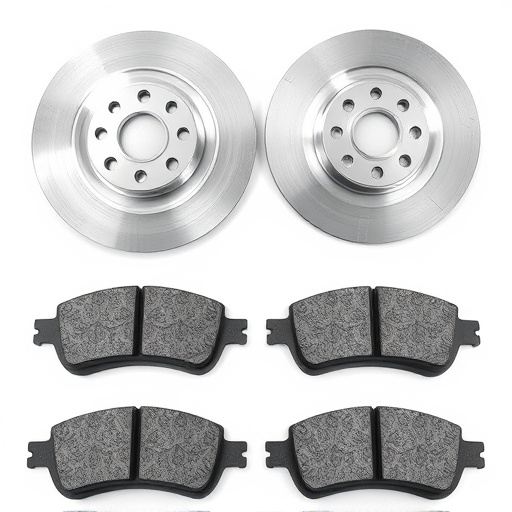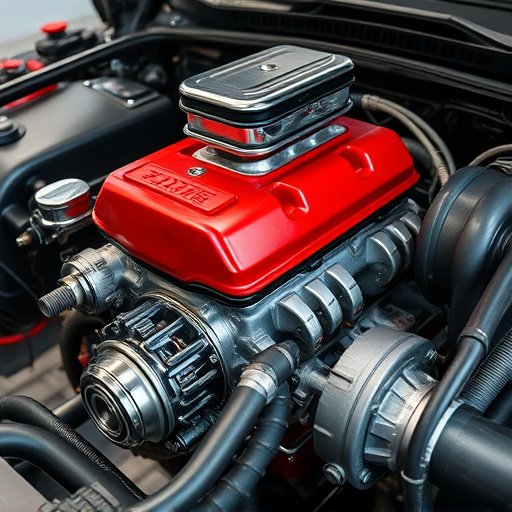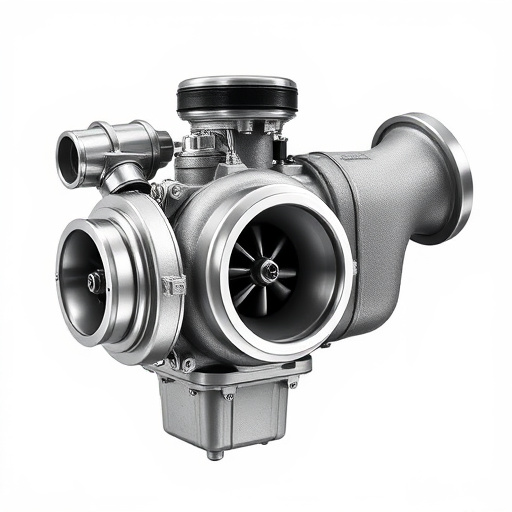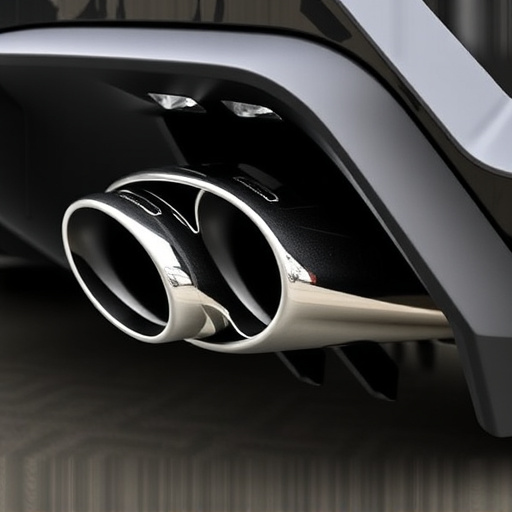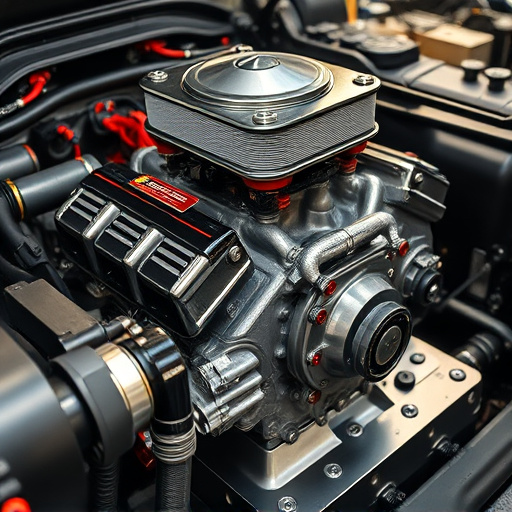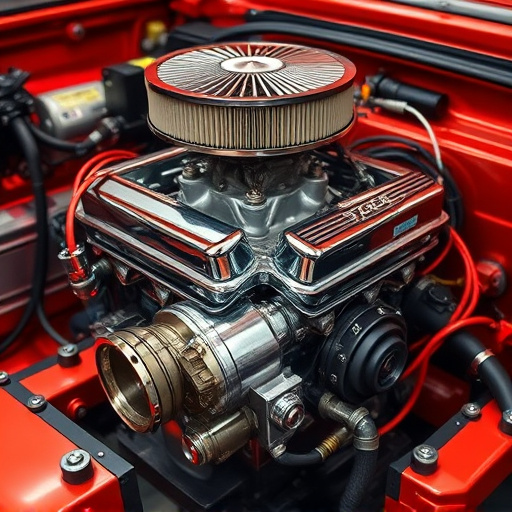Resonator delete is a modification popular among automotive enthusiasts seeking an enhanced exhaust note and improved performance. It involves removing or disabling the resonator, reducing noise vibrations but boosting exhaust flow, potentially increasing horsepower. However, it can increase noise levels, void warranties, and cause issues with air intake systems. Conducting thorough research and checks for local regulations and vehicle compatibility is essential before attempting a resonator delete to avoid legal issues and potential engine/exhaust damage.
Looking to enhance your vehicle’s exhaust sound? Consider a resonator delete, a popular modification promising louder, more aggressive exhaust notes. This article delves into the concept, exploring how it works and the potential benefits and drawbacks. We’ll also guide you through legal aspects and help you determine if a resonator delete is suitable for your vehicle, ensuring an informed decision before taking the modification route.
- Understanding Resonator Delete: The Concept and Its Function
- Pros and Cons of Implementing a Resonator Delete Modification
- Legal and Practical Considerations: Is It Suitable for Your Vehicle?
Understanding Resonator Delete: The Concept and Its Function
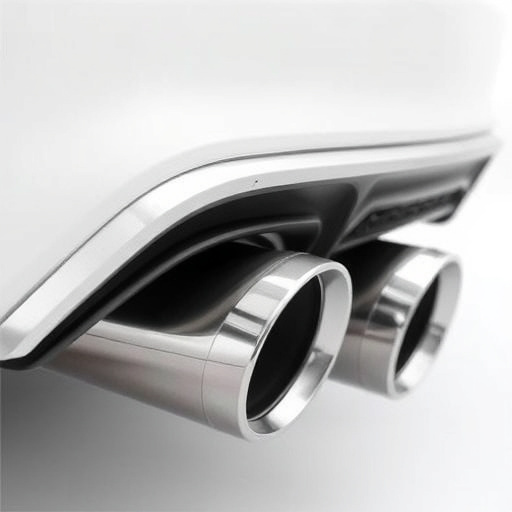
Resonator delete is a modification often considered by automotive enthusiasts looking to enhance their vehicle’s exhaust note and overall performance. The concept behind this modification is straightforward: removing or disabling the resonator, a component within the exhaust system designed to reduce unwanted noise vibrations. Unlike popular belief, resonators don’t entirely muffle sound; instead, they target specific frequencies, usually those responsible for undesirable drone or rumble sounds.
By deleting the resonator, drivers can expect a more aggressive and sporty exhaust tone, often described as a deeper, louder roar. This modification doesn’t just affect the auditory experience; it can also impact the vehicle’s performance dynamics. With the resonator out of the picture, the exhaust system becomes freer flowing, potentially increasing horsepower and torque output. For those seeking a more responsive and dynamic driving experience, especially with high-performance parts or modified air intake systems, a resonator delete could be a worthy consideration, offering both an enhanced sound and potential performance boost.
Pros and Cons of Implementing a Resonator Delete Modification
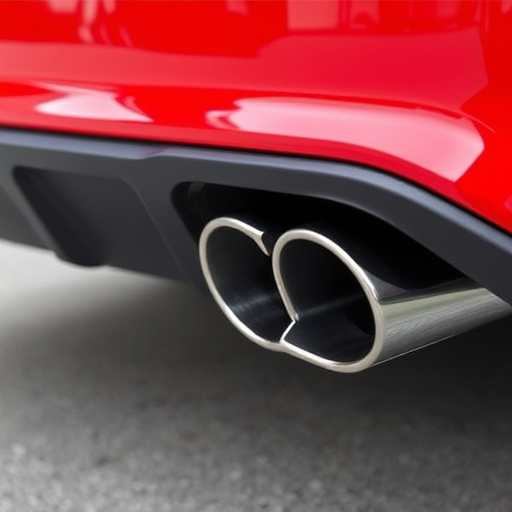
Implementing a resonator delete modification on your vehicle’s exhaust system can significantly enhance its sound and performance. Pros include a deeper, more aggressive exhaust note that many car enthusiasts find appealing. It also eliminates the resonator, which can improve airflow, potentially leading to better engine power and torque. Additionally, removing the resonator may reduce backpressure in the exhaust mufflers, allowing gases to flow more freely, which could slightly increase your vehicle’s overall efficiency.
However, there are potential drawbacks to consider before making this modification. A resonator delete can result in a louder exhaust noise that might be disruptive in urban areas or when driving at lower speeds. It may also void your car’s warranty, as such alterations are often considered non-factory modifications. Furthermore, while it could offer slight gains in performance, these benefits may not be noticeable for all drivers. Unnecessary stress on the air intake systems due to increased exhaust noise and potential changes in engine tuning should also be taken into account.
Legal and Practical Considerations: Is It Suitable for Your Vehicle?
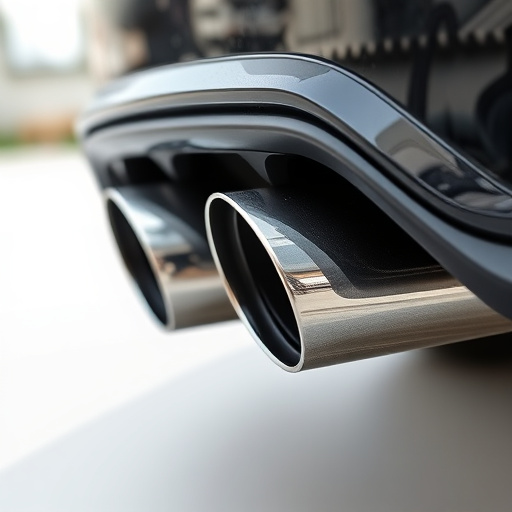
Before diving into a resonator delete modification, it’s crucial to consider both legal and practical aspects. In many regions, modifying your vehicle’s exhaust system requires adherence to strict noise pollution regulations. A resonator delete can significantly increase the volume of exhaust noise, which might not comply with local laws. It’s essential to check your area’s specific regulations before proceeding.
Additionally, ensuring compatibility with your vehicle is vital. Not all cars or trucks are suitable candidates for this modification, especially those equipped with factory-installed cat back exhaust systems or other performance upgrades like coilover kits or cold air intakes. Improper installations can lead to driveability issues and potential damage to the vehicle’s engine or exhaust components. Therefore, thorough research and consultation with professionals are recommended before you decide to delete your resonator.
The decision to install a resonator delete modification is a personal choice, driven by individual preferences for sound and performance. While it offers louder exhaust notes, it’s not without drawbacks, including potential noise pollution concerns. Before proceeding with a resonator delete, thoroughly consider both the benefits and legal implications to ensure it aligns with your vehicle and local regulations.




